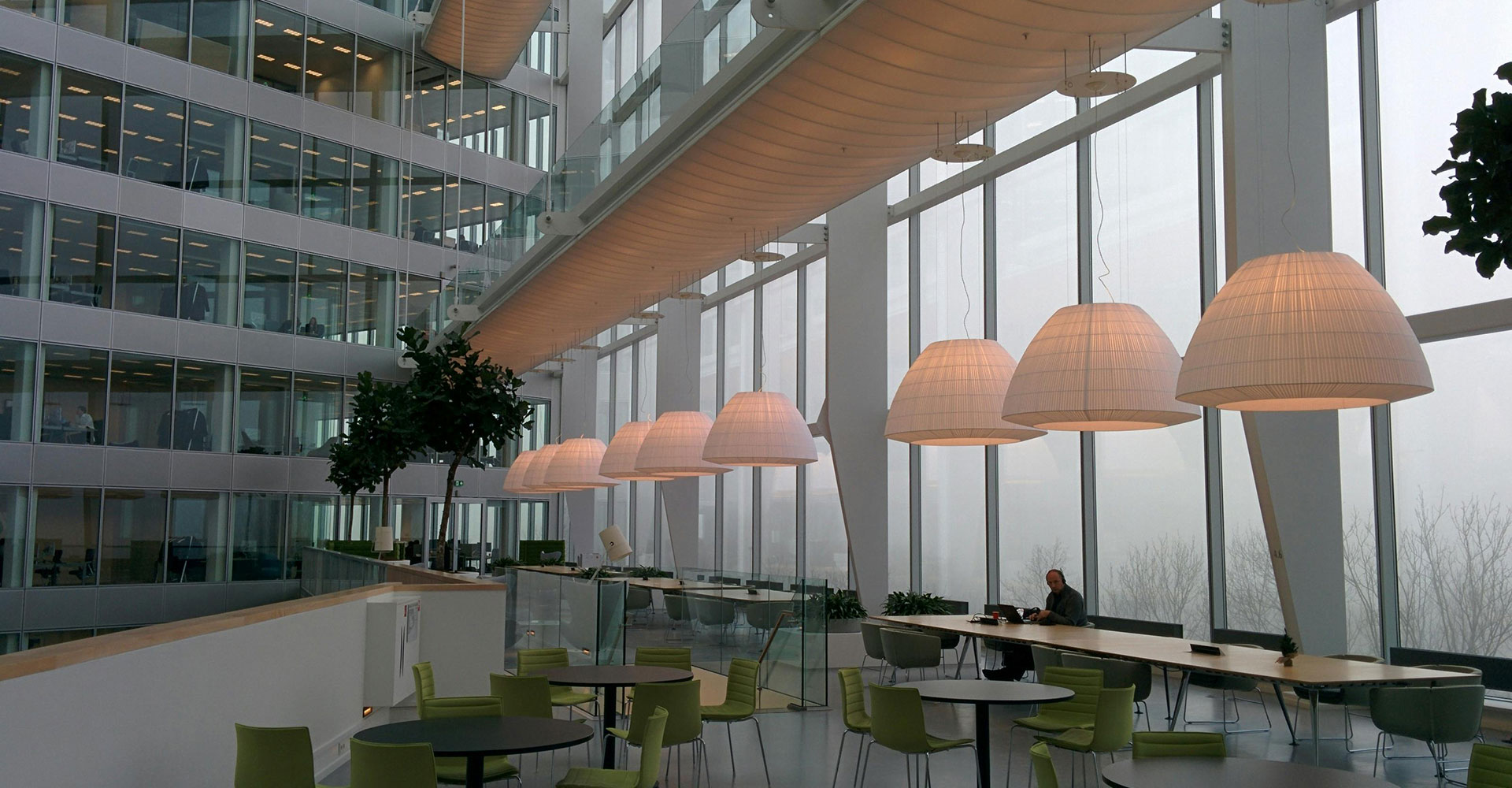Rooftop solar photovoltaic (PV) systems offer a compelling opportunity for commercial and industrial facilities to leverage a readily available, renewable energy source: sunlight. These systems convert solar radiation into electricity, offering a pathway to reduce reliance on traditional power grids.
This strategy is particularly advantageous for businesses that consume significant energy or have expansive, unobstructed rooftops, such as those often found in industrial settings. By generating electricity on-site, companies can significantly decrease or eliminate their dependence on utility-supplied power.
Given the continued reliance of many utilities on fossil fuels like coal and gas, transitioning to solar energy substantially reduces environmental impact. Solar eliminates harmful byproducts associated with traditional energy generation, contributing to a cleaner, more sustainable energy future.
Benefits (and challenges) of going solar
Sustainability is no longer a peripheral concern; it’s a core value. Many companies are proactively setting ambitious sustainability goals in recognition of their responsibility in the broader environmental movement. Integrating renewable energy sources, particularly solar, tangibly demonstrates this commitment.
By embracing solar, businesses contribute to a greener future while also strengthening their brand image. Consumers increasingly favor companies prioritizing environmental stewardship, creating a competitive advantage and fostering stronger customer relationships. But those aren’t the only benefits for various stakeholders.
- Building owners will see enhanced property value, increased operating income, and the potential for longer, more attractive lease terms.
- Commercial tenants will see a substantial reduction in costs through lower utility bills while simultaneously increasing their energy independence.
- Solar contractors will have more opportunities for larger-scale, more lucrative projects, significantly impacting overall revenue growth.
There are a few challenges to commercial solar adoption:
- 52% of companies surveyed for SEIA’s report named high/volatile prices and/or financial challenges as a primary factor causing reluctance to invest in solar.
- 56% of companies identified permitting and interconnection delays.
- 37% of companies who had purchased solar said permitting, interconnection delays, and market volatility have slowed their growth.
Making a financial case for commercial solar
The economic benefits of commercial solar installations are also compelling, considering recent trends and data. For the past five years, rooftop commercial solar capacity has grown at 12% CAGR, with the top 10 companies for on-site solar generating “1.36 GW of solar of 6.8% of total U.S. on-site solar capacity,” according to SEIA.
Cost savings
SEIA predicted that companies with solar PV systems could expect to save between 5% and 12% on utility costs in 2024 (the official numbers aren’t out yet).
Tax incentives
The 2022 Inflation Reduction Act included a 30% federal tax credit for solar installations. It’s available until 2034 but will be reduced to 26% in 2033 and 22% in 2034, and eliminated for most commercial projects in 2035. Companies can claim the full credit once they’ve paid for 5% of the project cost. The other requirement: completing the solar installation and turning the system on before the end of the year to qualify for the credit in that year.
The Modified Accelerated Cost Recovery System (MACRS) allows businesses to reduce their taxable income by accelerating the depreciation of their solar energy systems. In essence, it allows companies to recover the cost of their solar investment over a shorter period than traditional depreciation methods. By combining MACRS with the solar tax credit, businesses can earn tax credits worth approximately 70% of the system’s cost.
Bonus depreciation, similar to MACRS, allows companies to take the full depreciation of their solar system in year one rather than spreading it out over five years. The caveat? A company must choose either MACRS or the bonus depreciation. It can’t use both.
Net metering
Some states and utility companies use net metering — an incentive designed to increase a company’s solar savings more gradually over time. When a solar PV system generates more electricity than its facility consumes, the surplus energy returns to the utility grid. The utility company credits the system owner for this exported electricity.
When the solar system output is insufficient to meet demand (at night, on cloudy days), the facility can draw electricity from the grid. Credits accumulated from previous energy exports offset the cost of each draw. At the end of a billing cycle, the utility company calculates the “net” electricity consumption — the difference between the electricity consumed from the grid and the electricity exported to the grid — and bills the system owner only for any net consumption.
A structured approach for transitioning to solar
If rooftop solar aligns with your facility’s energy goals, you must understand how the transition works. The process involves four key stages: evaluation, design, permitting, and installation/ongoing maintenance.
Evaluation
Your building will need an assessment to evaluate its suitability for solar. During this stage, you learn whether:
- The roof’s surface area is sufficient for accommodating a solar system capable of meeting the facility’s energy needs.
- The roof is structurally sound enough to support the weight of the solar panels and ancillary equipment.
- The roof’s exposure to sunlight is enough, based on shading from surrounding structures or vegetation, for optimal energy production.
- Local, state, and federal regulations, including zoning ordinances and building codes, will impact the installation.
- The cost is realistic since your budget will need to factor in the cost of installation, equipment, and ongoing maintenance.
This initial evaluation facilitates informed decision-making and ensures alignment with your facility’s needs and prioritieConsidernto financial incentives, as federal, state, and local governments and utility companies often offer rebates, tax credits, and grants to encourage renewable energy adoption. A project manager or someone from a solar development company can help identify current and relevant incentives to help reduce the overall cost.
Design
The design phase involves creating a detailed blueprint for the rooftop system. This blueprint will include:
- System capacity, or the optimal size of the solar array to meet energy consumption demands
- Component selection, including solar panels, inverters, and other equipment
- Array layout to optimize the solar panels’ placement and orientation for maximum sunlight capture while minimizing shading and maintaining accessibility for maintenance and fire safety
- Future scalability that also takes into account the gradual degradation of solar panel performance over time
A well-designed system balances energy production, budget constraints, and long-term performance.
Permitting
Securing the necessary permits is another crucial step in the process. It typically involvesves submitting applications to the Authority Having Jurisdiction (AHJ), including the local government agency, fire department, and utility company.
The local government may grant the permits needed for electrical, structural, and solar PV installations to ensure compliance with building codes. The fire department may approve the site plan that details the array layout, access pathways, and safety features. The local utility company must approve the building to connect its solar system to the grid after confirming the electrical safety and net metering guidelines comply with its requirements.
Installation and maintenance
Once the permits are secured, the installation process can begin! Following installation, the appropriate entities will conduct inspections to verify compliance with all applicable codes.
Most systems integrate with the existing electrical grid, allowing for net metering and providing backup power. The designs of these interconnections vary depending on the utility. To ensure the system’s longevity and peak performance, you’ll need to schedule regular maintenance and inspections. Well-maintained systems can provide sufficient clean, sustainable energy for 20-25 years.
Interested in learning more about adding a solar PV system to your building? Connect with Reed Blee, business development manager at Solar Landscape and the newest member of CREA United, an organization of CRE professionals from 93 firms representing all disciplines within the CRE industry, from brokers to subcontractors, financial services to security systems, interior designers to architects, movers to IT, and more.

